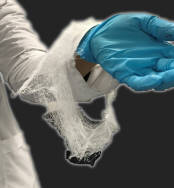

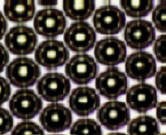

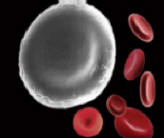
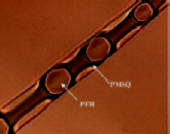

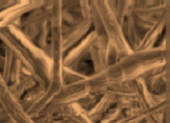


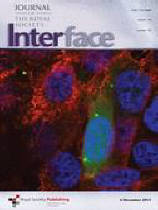
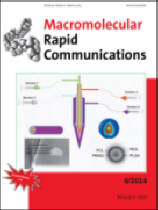
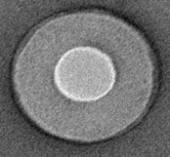
We are engaged in internationally leading materials processing and forming research addressing some of the global healthcare and manufacturing challenges. Research sponsors include the UK Research Councils (mainly EPSRC), Orthopaedic Research UK, The Royal Society, The Wolfson Foundation, The Leverhulme Trust, The Islamic Development Bank, The Danish Agency for Science, Technology & Innovation, The Worshipful Company of Armourers and Brasiers and several industries. We enjoy close ties with the Healthy Infrastructure Research Group of UCL Department of Civil, Environmental & Geomatic Engineering and the
UCL School of Pharmacy with whom we have a special relationship
. Clinical work is carried out in conjunction with the UCL Eastman Dental Institute, UCL Cancer Institute and hospitals affiliated with UCL.
We cherish several national and international external research collaborations, in particular with Oxford University, Cambridge University, Imperial College, Queen Mary University of London, Sheffield University, King's College London, University of Hertfordshire, University of Westminster, De Montfort University and universities in the USA (in particular Kansas), Turkey (in particular Hacettepe University and Marmara University), University of Peradeniya (Sri Lanka), Italy (in particular Padua University), Holland, China (in particular China University of Geosciences, Beijing, Dalian and Sichuan). We work very closely with
UCL Business
and industry
. The current research team includes over a dozen post-doctoral and doctoral researchers. In addition, several masters and undergraduate students also do their research projects in the group.
The group and laboratory specialises in creating smart coatings, smart fibres, bubbles, vesicles, particles, capsules using a variety of new devices/processes invented in our laboratory. We have patented these inventions and the work has also led to UCL-Business spin-off company
AtoCap Ltd.
The creation of a family of novel gyratory forming methods for polymeric fibres and microbubbles with industrially attractive yields gaining huge manufacturing advancement in key areas such as antimicrobial resistance, tissue engineering has generated significant impact. Pressurised gyration was patented and featured on the front cover of Macromolecular Rapid Communications in July 2013 and attracted an exceptional altmetric score of 10 and to-date nearly 100 citations. This process which can also create microbubbles (see front cover of Langmuir) was supported by BASF and bio-pharma companies (e.g. Astra Zeneca, Pfizer and Colorcon Ltd.) and an EPSRC manufacturing research grant . It generated substantial international interest particularly in USA and China. This has subsequently led to the creation of many other gyration-based sister-processes which have also won three front covers in leading journals:
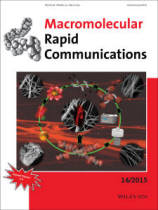
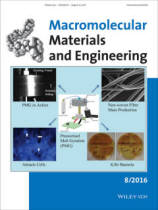
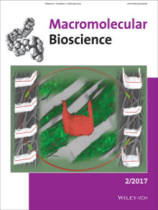
and enormous industrial interest to win a large industrially-backed EPSRC healthcare grant which is now investigating the manufacture of a new generation of
antimicrobial filters
for healthcare.
The gyratory fibre-mats are also proving to be very successful in the development of tampons for vaginal drug delivery and in the development of artificial bone marrow fibre scaffolds - WATCH THIS SPACE FOR FURTHER NEWS ON THIS!
2) Multi-layered Particles and Fibres
We are also the first in the world to make 4-layered particles and fibres as featured on a journal front cover and the particles are being trialled to treat UTI in new ways as featured on another journal front-cover (see below). The research carried out leading up to this invention is now being utilised in a recently awarded
EPSRC grant
.
It is also being exploited commercially to treat urinary tract infections.
3) EPSRC Network
We have initiated an
EPSRC support network
and this includes 10 industrial partners and 12 academic partners and aim to promote pharmaceutical electrohydrodynamic technology.
4) Blepharoptosis (Eye-Blinking)
We are also working on another set of projects with clinicians in Moorfields Eye Hospital and
Professor Anthony Harker
on eye-blinking, with
Professor Yiannis Ventikos
(on modelling our processes and inventing related but new approaches).
5) Portable Electrohydrodynamic Gun-Device
In collaboration with UCL School of Pharmacy, we are also developing a new portable electrohydrodynamic gun-device to deposit wound dressings and drug delivery vehicles/patches. This initiative originates from our previous work (watch video below) and has just received EPSRC funding.

Professor Mohan Edirisinghe
Biomaterials Processing Laboratory
Department of Mechanical Engineering

